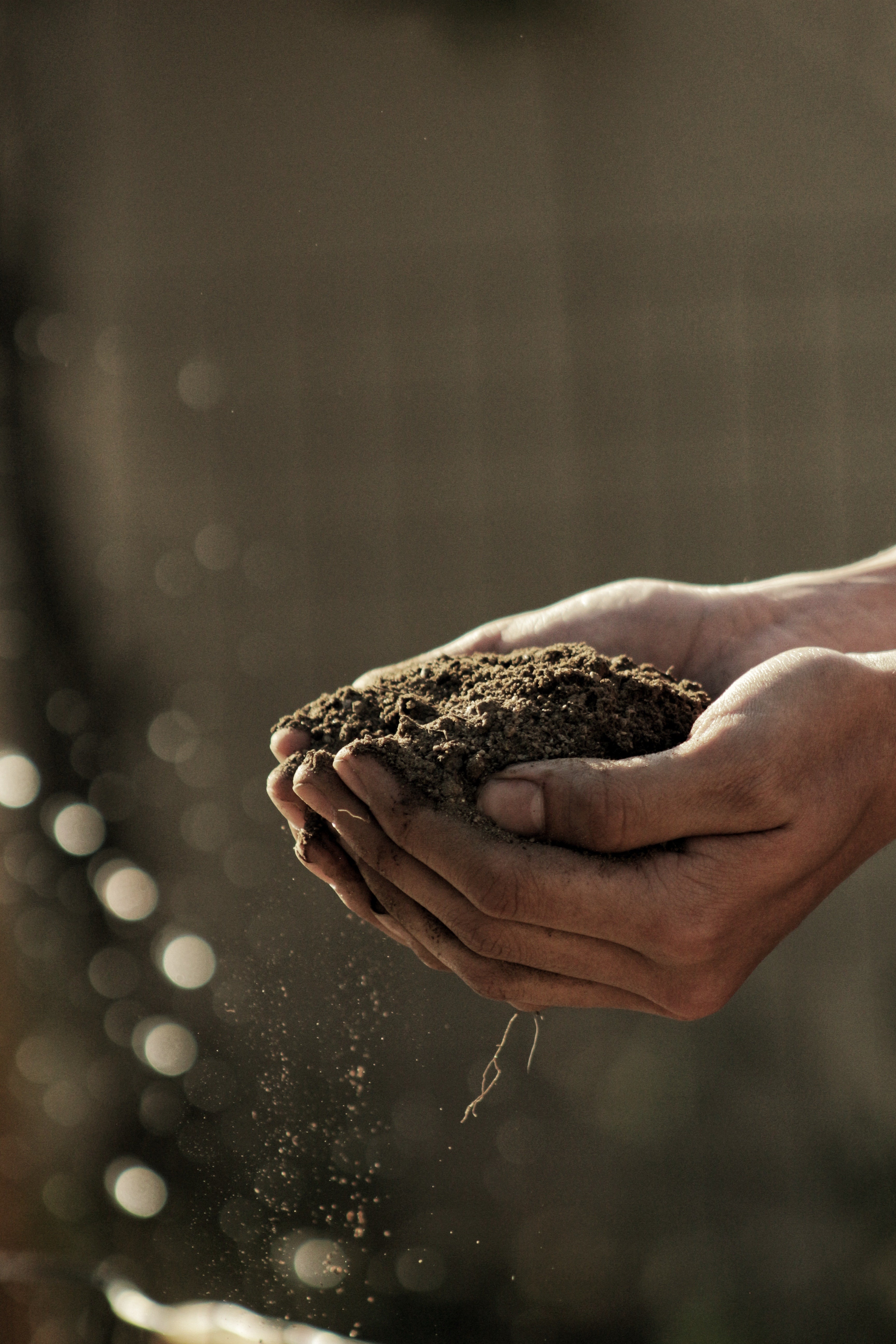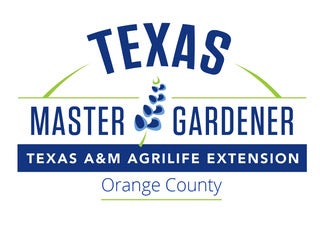Master Gardeners: Tips for cleaning your garden after a storm
Published 7:10 am Saturday, October 17, 2020
|
Getting your Trinity Audio player ready...
|
Certified Texas Master Gardener, Orange County Master Gardeners
So far this summer, there have been a total of 26 tropical or subtropical cyclones (hurricanes). Twenty-five of the storms were named, nine were hurricanes (Cat 1 & 2) and three were major hurricanes (Cat 3 and above). Ten named storms hit the US this season with three of them hitting Louisiana directly and we got the westerly edge of two of the storms. It looks like eight storms hit the Gulf Coast this year with Sally moving across Florida’s tip then into the Gulf and up into the Florida Panhandle. There were several that skirted the Eastern Coast but did not make landfall except for Bertha
Now, for your gardens and yards. By all means SAFETY FIRST. Most of you have already been cleaning up from Laura six weeks ago and now are cleaning more from Delta this past week. Any trees and shrubs that were uprooted or damaged badly will need to be removed. In some cases, you might need to hire a professional to do the work. When using a chain saw, please wear protective equipment such as proper eye wear, hearing protection, helmet and chain saw leg chaps just in case the saw kicks back and hits your leg. It will save a trip to the hospital. They have saved my husband’s legs a few times. Take your time and don’t be in a hurry when using the chainsaw. Clear any debris from shrubs and around them noticing any broken or damaged limbs and cutting them off.
The University of Florida studied trees and wind resistance thru hurricanes starting back in 1992. The following trees did the best in the highest winds: Dogwood, American Holly, Southern Magnolia, Live Oak, Bald & Pond Cypress, Spruce Pine, Sycamore, Black Gum and Canary Island Date Palm. These trees did well in medium winds: River Birch, Red Bud, Fringe Tree, Common Persimmon, White Ash, Sweet Gum, SweetBay Magnolia, Shumard Oak and Black Tupelo. So, if you do replant any trees that were lost due to the high winds, it would be best to choose any of these as they do best in high winds.
Your yard is likely to be covered with leaves. We had a lot of leaves come down with Laura and the trees were just putting out new growth and then Delta pulled those new leaves out so you will need to pick them up along with the limbs and twigs that also have fallen. A good thing to do is start a compost pile if you do not already have one. There will be a good mix of both brown and green matter to get it going.
If by chance you have any standing water or had some flooding, please be aware before you get in the water as there could still be active electrical currents running thru it. Check any nearby storm drains to make sure they are not plugged and if so, clear if you can so the water can drain. You will also need to check your gutters if you have them for leaves to be cleaned out. Again, when climbing a ladder, Safety First and take your time.
Your flower beds and vegetable gardens will probably also be full of leaves and limbs. Those will need to be removed too. When picking up limbs and leaves, please be careful as there could be varmints hidden under them that you don’t want to be bitten by. Stake or re-stake plants that might be leaning over until their roots can re-establish in the ground supporting the plant or until the season is over for that particular plant. The sooner you can remove the leaves and twigs the sooner the soil will dry out.
Most of you probably have already planted your fall gardens by now. Some of it may be salvageable, those that are not, please be patient and replant. As you know sometimes, we don’t have our first cold, cold spell until late December or even January. If you are wary, you can purchase frost cloth to cover them with and it will help save them. I used it for the first time last year on some of my larger pot plants I could not get in my greenhouse and they were just fine in the spring,
If any of your gardening tools happened to have been in flooded waters, before using them, clean them with a good disinfecting cleaner or bleach to remove any possible contaminants such as mold spores. If you use bleach, mix it with one-part bleach to 9 parts water. Wear rubber gloves of some type to protect your hands. If you have anything that cannot be dried out quickly, it is best to discard it. Wipe any surfaces down with this solution or hot water and dish or laundry detergent.
I realize some of this is redundant to a lot of you out there as most of us have been thru many storms like this in the past. But, remember, we have a lot of new people who have moved into our area who are not familiar with what to do after storms and this is for them and a reminder for those of us who are still here after many storms. The earliest storm I can recall is Hurricane Audrey in 1957 that hit Cameron, La. when I 7 years old then.
For more information on this and any horticultural subject please call our Hot Line Tuesday and Thursdays from 10 a.m. – 2 p.m. at 409-882-7010 or send an email to ocmg1990@gmail.com. You can also post on our Facebook page Orange County Texas Master Gardeners.







